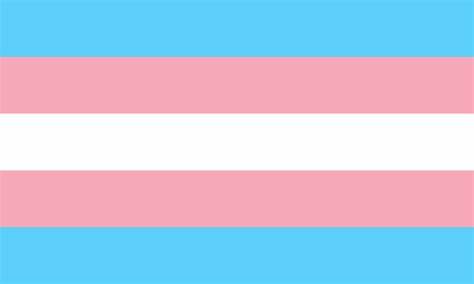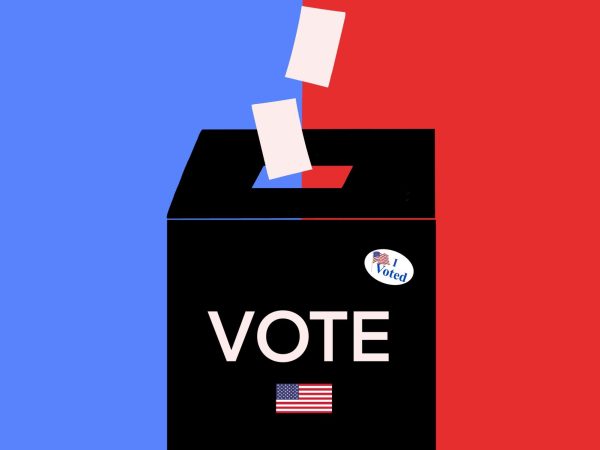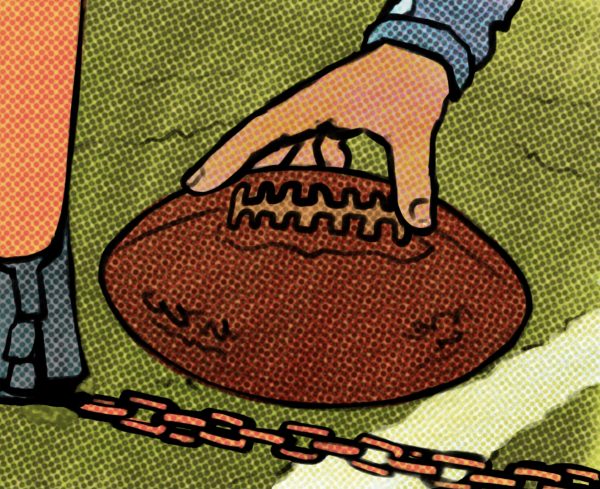Misguided Legislation Targets Transgender Athletes

Throughout my life as an athlete, I have recognized both my skills and weaknesses. I’m fast and conveniently gifted with the stamina of an 80-year-old asthmatic chain smoker; although I can run fast, I can only run for so long. On top of that, I’ve competed against girls who are substantially stronger, taller and more skilled than I am.
Advantages are a common and expected component to sports, whether they’re the product of nature or nurture. Physical traits and genetics are determinants in an athlete’s potential; however, training and nutrition are as well. Needless to say, when it comes to sports, there is a checklist of factors that contribute to winning a competition — natural advantages are one of them.
According to The New York Times, 18 states have enacted laws or issued statewide rules limiting transgender participation in sports. Advocates for the laws claim that these regulations promote fairness because women’s sports could potentially be dominated by transgender athletes who have an upper hand in strength from male hormones and physique. Even so, there is already an inevitable unfairness when it comes to sports.
A taller person will have an advantage over a shorter person when it comes to playing basketball; yet, no law has been enforced in which taller people are prohibited from playing basketball with shorter people or are only allowed to play with people of similar heights. Such a law doesn’t exist because such a law would be illogical due to the fact that there are predetermined attributions in every player that will play to another’s disadvantage — a core part of sports’ competition. When laws in states such as Texas or Iowa are introduced with the idea of “protecting the dignity of women’s sports,” the saying is ultimately a cover up for what the bill was originally initiated for: harming the dignity of transgender female athletes. Banning transgender girls and women from participating in girls’ and women’s sports only marginalizes a minority who’s already faced unjust and inhumane treatment.
It’s frequently noted that both transgender male and female athletes face needless discrimination when it comes to playing in the sports leagues with which they identify, however I find it important to emphasize that transgender women tend to receive the most backlash. Having scrolled through article after article, my feed was swarmed with headlines ranging from “Transgender Women Should Not Compete Against Biological Women,” (Liberty Champion) to “World Athletics tightens rules on transgender women athletes” (CNN).
In March of last year, University of Pennsylvania swimmer Lia Thomas won the women’s 500-yard freestyle race, earning her the title of the first openly transgender athlete to win first place in the National Collegiate Athletic Association’s (NCAA) Division 1 swimming championship. However, despite the milestone, Thomas faced severe backlash and scrutiny. Florida governor Ron DeSantis said that “[Thomas was not] a rightful winner.” In an interview with ABC News, Thomas spoke out and said, “I don’t need anybody’s permission to be myself and to do the sport that I love.”
The notion that transgender girls and women hold an unfair advantage over cisgender females stems from the evidence that testosterone contributes to muscle mass and other physical changes. For the sake of “fair play,” transgender women are required to take gender-affirming hormone therapy to lower and then maintain their testosterone levels, according to the current International Olympic Committee regulations. Moreover, under the NCAA’s new policy, transgender athletes are required to show “documented [testosterone] levels at the beginning of their season,” as well as a second test six months after the first and a third test four weeks prior to championship selections, according to Global Sport Matters.
Laws stating that transgender athletes cannot participate in sport teams aligned with their gender identity contributes to their marginalization, as it alienates and invalidates their transition. It’s more than unfair to disregard the gender with which someone associates themselves, and that is far more important than what some would deem as fair competition between the genders. While some believe an alternative would be the creation of a separate league strictly for transgender athletes, this solution could only cause more emotional damage. Specific sport leagues for transgender males or females acknowledge them as not real men or women since there’s an emphasis that they’re transgender. These leagues would belittle and further estrange transgender athletes, not to mention how there’s possibly not enough openly transgender athletes for a transgender category to be established, which would set them back where they started.
This is not to say that there aren’t threats facing female sports, such as unfair pay, sexual harassment and abuse and limited opportunities in school. However, transgender athletes are not one of them. It’s crucial that we recognize transgender rights as human rights, but until then, 30 percent of the LGBTQ+ population lives in states that hold laws preventing transgender students from participating in sports congruent with their gender identity, according to the Movement Advancement Project.
Luckily, there are pre-established laws supporting transgender athletes. As part of the regulations for the California Interscholastic Federation (CIF), the sports governing body which Pali athletes compete under, all transgender and gender non-conforming student-athletes are entitled to participate on sports teams based on their self-identified gender, and must be provided the same opportunities as all other students. As an athlete, and as a female athlete especially, I want to reside in a world which consists of equal privilege and opportunity for all athletes.

Elise Larsson, a senior, is excited to return to Tideline for her fourth year and to continue in her role as Opinion editor. She has always had a knack...






